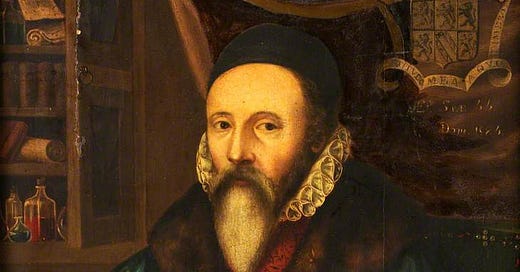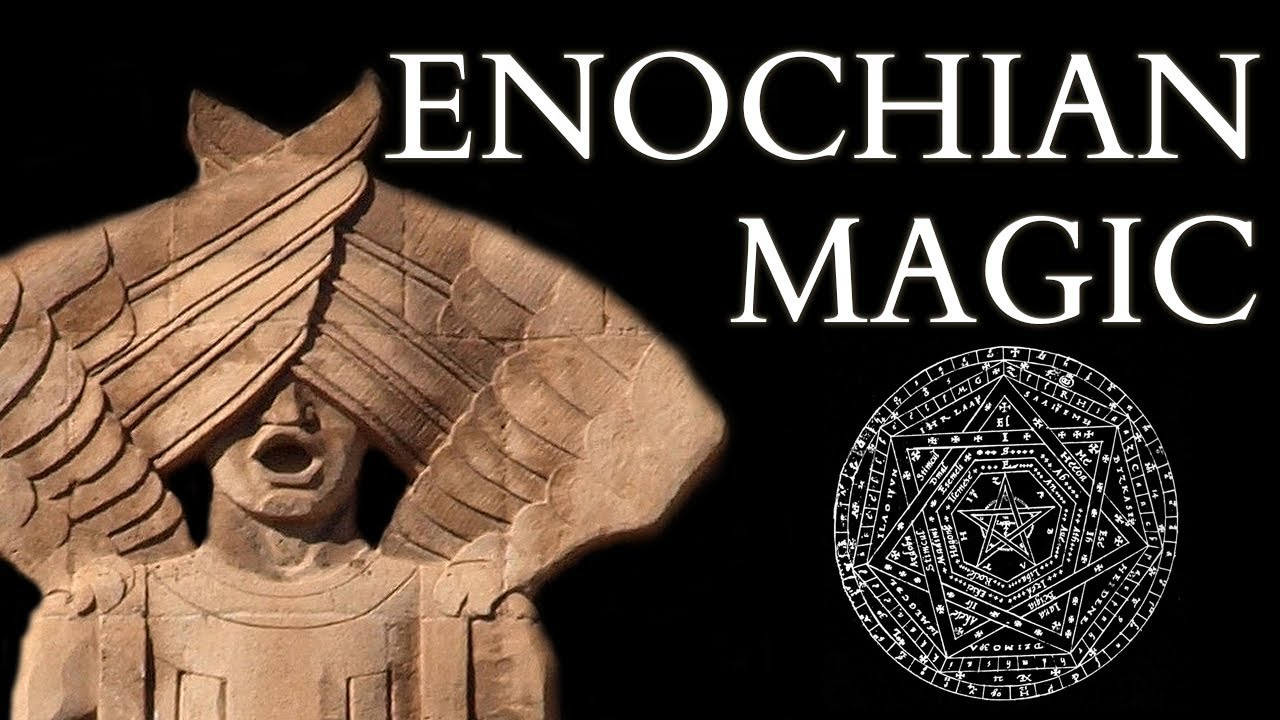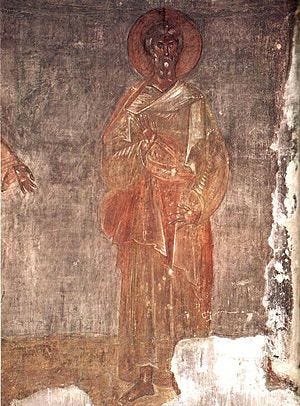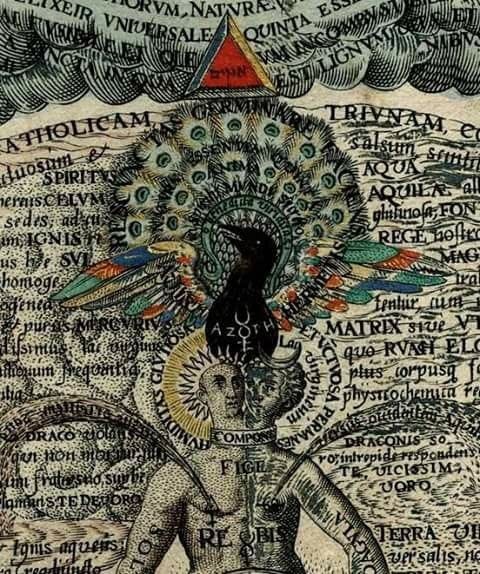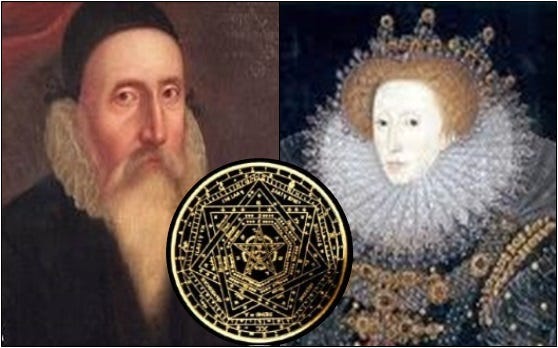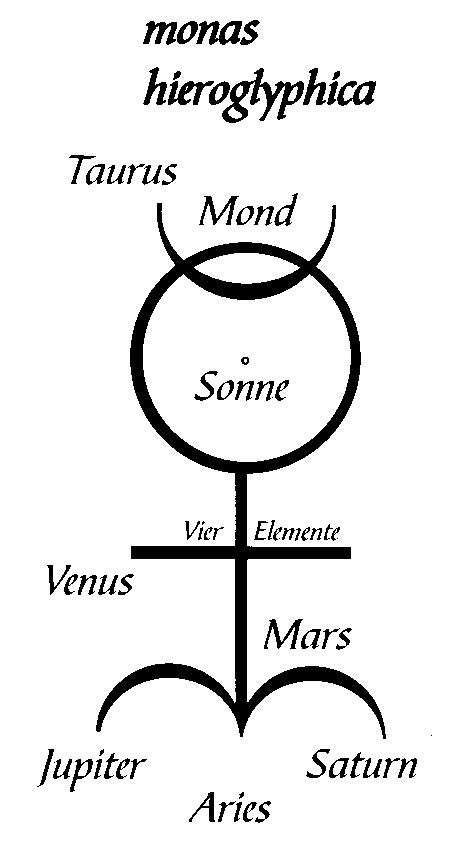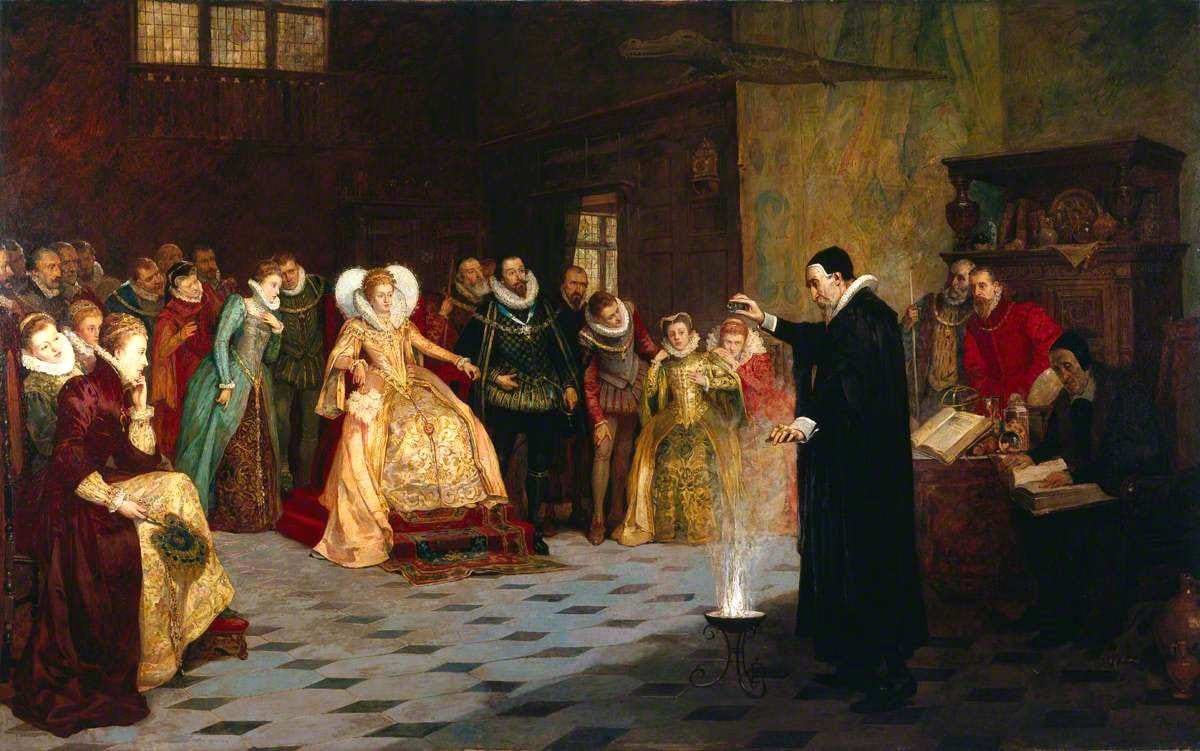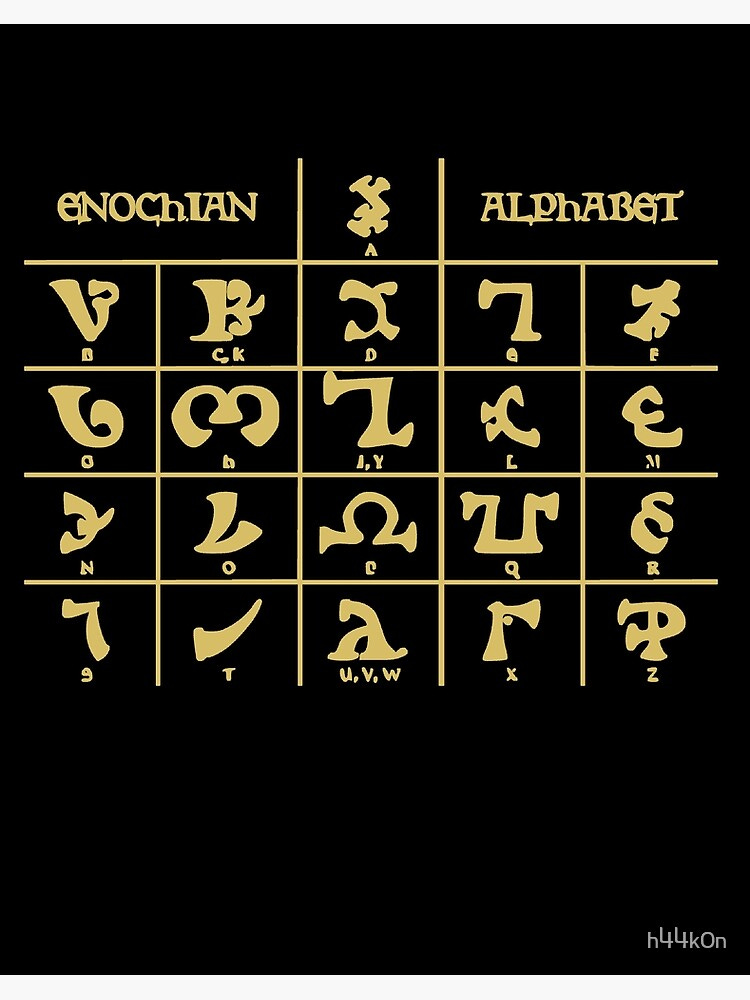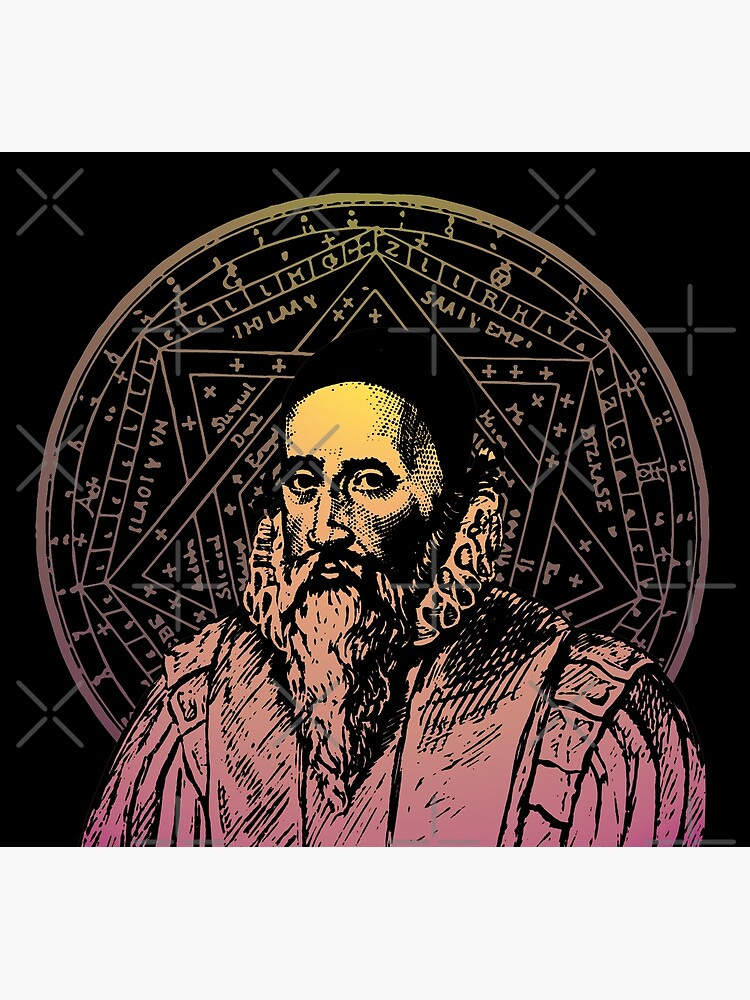As 1/4th of the initiates, my contributions come in the form of writing and facilitating information for the collective. Having said that, I've embarked on a case study, and I've selected 7 occult masters to highlight.
Beginning with John dee, the idea is to dispell the regular narratives around spiritual science, occult psychology and most of all magic! Every week I will tackle a different spiritual scholar and their contributions to magical practices and spiritual development. This week we begin with John. Dee.
John Dee (1527–1608/9), a notable figure of the Elizabethan era, was an alchemist, astrologer, and advisor to Queen Elizabeth I. His contributions to the fields of science, mathematics, and espionage are well-documented, but perhaps his most intriguing work lies in the realms of the metaphysical, particularly through his development of Enochian magic. This article explores Dee's life, his exploration of Enochian magic, the concept of the Great Work in alchemy, and the metaphysical connections of these practices to biblical texts, offering insights into how these elements intertwine to form a complex tapestry of esoteric belief and practice.
The Renaissance Polymath
John Dee's intellectual pursuits spanned various fields, reflecting the Renaissance ideal of a polymath. His interests in mathematics, astronomy, and navigation significantly contributed to the advancements of the Elizabethan Age. However, Dee's fascination with the metaphysical, particularly the intersection of science and magic, set him apart from his contemporaries. His quest for knowledge led him to delve into the realms of angelic communication and esoteric wisdom, practices deeply intertwined with the religious and philosophical beliefs of his time.
Enochian Magic: The Language of Angels
Among Dee's most significant contributions to the esoteric traditions is the development of Enochian magic.
Together with Edward Kelley, a medium and scryer, Dee claimed to have communicated with angels who revealed a divine language and system of magic. This language, known as Enochian, was believed to be the language of the angels, a primordial tongue from which all other languages derived. The Enochian system of magic comprised a complex set of tables
, keys, and calls, intended to summon and command angelic forces. Dee's meticulous records of these angelic conversations and the Enochian system, primarily contained in his diaries, offer a fascinating glimpse into his metaphysical explorations.
The Great Work: Alchemy's Ultimate Pursuit
The Great Work, or "Magnum Opus," is a term associated with alchemy, referring to the process of transmuting base metals into gold or achieving the philosopher's stone, symbolizing the ultimate material and spiritual transformation. For Dee, however, the Great Work extended beyond alchemical transmutation. It encompassed the pursuit of divine knowledge and the reconciliation of the material and spiritual worlds. Through his angelic communications and esoteric practices, Dee sought to understand the divine order of the universe and humanity's place within it, reflecting the alchemical quest for unity and enlightenment.
Metaphysical Connections to the Bible
Dee's work, particularly his exploration of Enochian magic, bears significant metaphysical connections to biblical texts. The very name "Enochian" derives from Enoch, a biblical figure described in the Book of Genesis and in more detail in the apocryphal Book of Enoch. Enoch is portrayed as a man who walked with God and was taken to heaven without dying, a precursor to the angelic communications that Dee and Kelley claimed to experience. Moreover, Dee's quest for divine wisdom and the reconciliation of earthly and heavenly realms echoes the biblical themes of prophecy, revelation, and the pursuit of spiritual truth.
Dee's work also reflects the Hermetic principle,
"As above, so below," suggesting that earthly events mirror heavenly ones. This principle, while not exclusively biblical, is compatible with the biblical worldview of a connected universe where human actions have spiritual significance. Dee's angelic conversations and the use of Enochian magic can be seen as attempts to bridge the gap between the human and divine, a theme prevalent throughout biblical literature.
Dee's Legacy and the Quest for Knowledge
John Dee's life and work represent a fascinating intersection of science, magic, and spirituality, reflecting the complex tapestry of Renaissance thought. His exploration of Enochian magic, the pursuit of the Great Work, and the metaphysical connections to the Bible reveal a profound quest for knowledge and understanding. Dee's legacy is not merely in the realms of science or magic but in his unyielding pursuit of a unified understanding of the material and spiritual worlds.
Though modern perspectives may view Dee's metaphysical explorations with skepticism, his work continues to influence contemporary esoteric traditions and offers valuable insights into the human desire to understand the divine. John Dee's journey through the realms of the known and the unknown serves as a testament to the enduring quest for knowledge, transcending the boundaries between science, magic, and religion.
John Dee's Connections to Espionage: The Occult and the Origin of Modern Intelligence
While John Dee's contributions to the metaphysical are well-documented, his role as a pioneer in the world of espionage is often overshadowed by his esoteric pursuits. However, Dee's involvement in intelligence and statecraft was a significant aspect of his life and work, intertwining with his metaphysical explorations in surprising ways. His services to
Queen Elizabeth I and his covert operations provide a fascinating glimpse into the origins of modern intelligence practices, showcasing how occult knowledge and espionage were interlinked in the shaping of national policy and international diplomacy during the Renaissance.
The Monas Hieroglyphica: A Cipher of Knowledge
Dee's work, "Monas Hieroglyphica" (1564), though primarily an esoteric text, also embodies principles that are foundational to cryptography and symbolic communication—essential tools of espionage. In this treatise, Dee expounds on a single, complex symbol that encapsulates his unified view of the cosmos, drawing from astrology, alchemy, and the Kabbalah. The layered meanings within the "Monas Hieroglyphica" demonstrate Dee's fascination with codes, ciphers, and symbolic language, skills that he adeptly applied in his intelligence work. This blend of the mystical and the practical underscores the dual nature of Dee's pursuits, where esoteric knowledge served both spiritual quest and statecraft.
John Dee's close relationship with Queen Elizabeth I is well-known, with his counsel sought on matters ranging from
astrology to diplomacy. However, Dee's role extended beyond that of an advisor; he was actively involved in the Elizabethan secret service. Dee used his extensive travels through Europe, ostensibly for academic and spiritual purposes, as cover for espionage activities. His communications with the Queen often included intelligence gathered during his travels, coded within esoteric writings and diplomatic dispatches. Dee's code name, "007," later inspired the fictional designation of Ian Fleming's James Bond, a nod to Dee's pioneering role in the world of espionage.
Espionage and the Enochian Language: A Divine Cipher
The development of Enochian magic, with its complex language and system of symbols, can also be seen through the lens of espionage. The Enochian language, claimed to be revealed by angels, provided Dee and his contemporaries with a sophisticated method of encoding messages. While primarily a tool for angelic communication, the intricate and obscure nature of Enochian could easily have been adapted for transmitting sensitive information. This aspect of Dee's work highlights how metaphysical pursuits and espionage were not mutually exclusive but could be complementary, serving both the quest for divine knowledge and the practical needs of intelligence and diplomacy.
The Intersection of the Occult and Espionage: Impact and Legacy
John Dee's integration of the occult with espionage activities illustrates a unique confluence of interests and talents. His life exemplifies how the pursuit of esoteric knowledge and the demands of political and diplomatic reality can intersect, contributing to the development of early modern intelligence practices. Dee's work in cryptography, his diplomatic missions, and his development of a language purportedly for angelic communication all contributed to the foundations of modern espionage techniques.
Furthermore, Dee's legacy in espionage underscores the broader Renaissance fascination with hidden knowledge—both divine and political. His ability to navigate these realms, serving both his spiritual quest and his patriotic duties, offers a compelling example of how the esoteric and the practical can intertwine in the pursuit of national interests and personal enlightenment.
John Dee's Espionage and the Quest for Unity
John Dee's contributions to espionage, set against the backdrop of his metaphysical explorations, reflect a Renaissance ideal where knowledge—both sacred and secular—was seen as a unified whole. His work as an intelligence agent, coupled with his pursuits in Enochian magic and alchemy, demonstrates a holistic approach to understanding the world. Dee's life and legacy challenge the modern dichotomy between science and spirituality, suggesting that the pursuit of knowledge can transcend these boundaries, encompassing the mystical, the practical, and the secretive arts of espionage. In this, Dee remains a fascinating figure, whose endeavors in both the occult and intelligence continue to intrigue and inspire.
John Dee's intriguing connection to the famous mythical character James Bond, also known by his code number "007", is a fascinating blend of historical fact and cultural lore. This association illuminates how the realms of espionage, literature, and history can intertwine, creating a legacy that transcends centuries.
The Original "007": John Dee's Espionage Code
John Dee's involvement in espionage for Queen Elizabeth I is well-documented, with his services encompassing both intelligence gathering and the use of his vast knowledge in the service of the crown. It is widely reported that Dee signed his confidential communications to Elizabeth with the code "007". The two zeros were intended to represent eyes, symbolizing Dee's role as the Queen's eyes or as a watchful protector of England against its enemies. The number seven, a number often associated with mysticism and spirituality, was also considered to hold magical properties, further encapsulating Dee's multifaceted role as both a spy and a man of science and the occult.
Ian Fleming and the Creation of James Bond
Ian Fleming, the creator of James Bond, was well aware of John Dee's historical contributions and his use of "007" as a code. Fleming, who worked for British Naval Intelligence during World War II, had a deep interest in the history of espionage and was influenced by stories of spies and secret agents throughout history. When crafting the identity of his now-iconic spy, Fleming chose "007" as a homage to John Dee, linking his fictional character to a real-life figure whose life blurred the lines between science, magic, and espionage.
The Symbolic Legacy of "007"
The use of "007" connects James Bond to John Dee in a way that goes beyond mere numbers; it represents a lineage of service to the crown, imbued with a sense of mystery, intellect, and intrigue. For Dee, the code symbolized his duty as an advisor, spy, and scholar to Elizabeth I, leveraging his knowledge for the protection and prosperity of England. For James Bond, "007" signifies a license to kill, but also marks him as a protector of British interests, a modern-day knight with the charm, wit, and skill to navigate the dangerous world of international espionage.
This connection between John Dee and James Bond offers a fascinating glimpse into how historical figures can inspire modern storytelling, infusing characters with depth and a sense of continuity with the past. The character of James Bond, while fictional, carries with him the echo of John Dee's legacy—a reminder of the complex interplay between history, myth, and popular culture.
Conclusion: From Historical Figure to Cultural Icon
John Dee's influence on the creation of James Bond is a testament to the enduring fascination with the character of the spy—figures who operate in the shadows, yet whose actions shape the course of history. Dee's life as a scholar, mystic, and secret agent challenges the boundaries between the known and the unknown, the scientific and the occult. In adopting "007", Ian Fleming not only paid tribute to a seminal figure in the history of espionage but also bridged the gap between the Elizabethan age and the modern era, creating a cultural icon that resonates with audiences around the world.
The legacy of "007", shared by John Dee and James Bond, encapsulates the enduring allure of the secret agent—cunning, loyal, and forever shrouded in a cloak of mystery. Through this symbolic connection, John Dee's historical significance is immortalized in popular culture, his life and work continuing to inspire intrigue and fascination.
John Dee's connections and interactions spanned a broad network of scholars and thinkers across Europe, reflecting the vibrant intellectual landscape of the Renaissance. Here are additional contemporaries of Dee who played notable roles during his lifetime:
8. Galileo Galilei (1564-1642) - Although Galileo's major scientific achievements came a bit after Dee's active period, his early work in mathematics and natural philosophy began towards the end of Dee's life. Galileo's approach to empirical science and his later astronomical discoveries marked a pivotal shift in scientific thought, which paralleled the interests and methods Dee advocated.
9. Robert Fludd (1574-1637) - An English physician, astrologer, and mystic, Fludd's work in the occult and philosophy followed in the footsteps of earlier Renaissance thinkers like Dee. His studies in hermeticism and the esoteric sciences continued the traditions that Dee had been a part of.
10. Thomas Harriot (1560-1621) - An English astronomer, mathematician, ethnographer, and translator, Harriot was known for his works on algebra and for being one of the first astronomers to use a telescope. Harriot corresponded with scientists across Europe and would have been aware of Dee’s earlier contributions.
11. Heinrich Cornelius Agrippa (1486-1535) - Though slightly earlier than Dee, Agrippa's works in occultism, theology, and philosophy deeply influenced the intellectual context in which Dee operated. Agrippa's books on magic were among the texts Dee studied.
12. Edward Kelley (1555-1597) - A close collaborator and scryer for John Dee, Kelley played a pivotal role in Dee's spiritual conferences and alchemical experiments. They worked together on mystical revelations which they claimed were communicated to them by angels.
13. Jacob Boehme (1575-1624) - A mystic and theologian, Boehme’s works in Christian mysticism would have resonated with the religious and philosophical inquiries of Dee’s time. His ideas about the interconnection between God and the universe reflected the kind of synthesis between spirituality and science that Dee pursued.
These individuals, among others, shaped the intellectual and cultural landscape of their time. Dee's life intersected with the early stages of the scientific revolution, where magic and science were often seen as part of the same continuum. His extensive library and correspondences linked him with many of the leading thinkers across Europe, allowing for a rich exchange of ideas in the late Renaissance period.
John dee is just one of many fascinating figures from history, who not only was instrumental in the advancements of spirituality, but also a scholar who led by example and not dogma!
Biographies and Historical Texts on John Dee:
Look for comprehensive biographies of John Dee, which delve into his life as a scholar, advisor to Queen Elizabeth I, and his esoteric research. These works often provide a balanced view of his contributions to science, the occult, and statecraft.
Studies on Enochian Magic:
Scholarly articles and books that focus on Enochian magic will cover the development and intricacies of this system, along with Dee's collaboration with Edward Kelley. These sources often explore the theoretical and practical aspects of Enochian magic within the context of Renaissance occult practices.
Alchemy and the Great Work:
Texts on alchemy that discuss the concept of the Magnum Opus or the Great Work are useful for understanding the spiritual and transformational goals of alchemists, which influenced John Dee's own quest for knowledge and enlightenment.
Espionage History:
Books and articles on the history of espionage, especially those that cover the Elizabethan era, provide context for Dee's involvement in intelligence and statecraft. They may explore how his scientific expeditions doubled as espionage missions.
The Biblical and Hermetic Context:
Studies on the Bible, apocryphal texts like the Book of Enoch, and Hermetic philosophy can offer insights into the spiritual and metaphysical frameworks that influenced Dee's work.
Ian Fleming and James Bond:
Biographies of Ian Fleming and analyses of the James Bond series can shed light on how historical figures like John Dee inspired the creation of fictional spies, including the choice of "007" as Bond's code number.
Primary Sources:
John Dee's own writings, such as his diaries and the "Monas Hieroglyphica", are invaluable for firsthand insights into his thoughts, research, and experiences.


